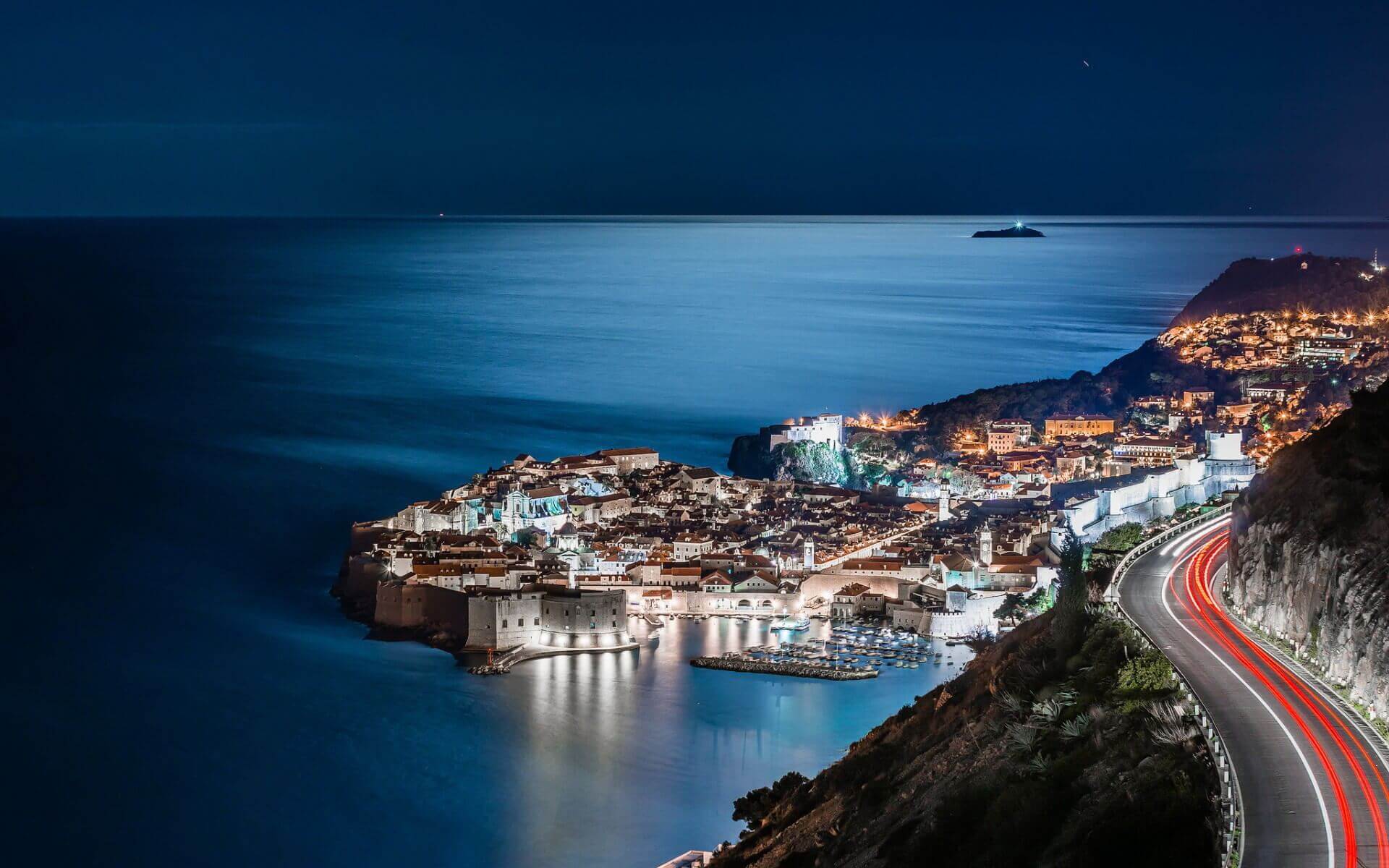Croatia, formally the Republic of Croatia, is a sovereign state located between Central and Southeast Europe, as well as the Mediterranean. Its capital city, Zagreb, is one of the country’s main subdivisions, along with the country’s twenty counties. Croatia has a land area of 56,594 square kilometers (21,851 square miles) with a variety of climates, mainly continental and Mediterranean. The Adriatic Seacoast of Croatia is home to over a thousand islands. The country has a population of 4.28 million people, the majority of whom are Croats, with Roman Catholicism being the most prevalent religious affiliation.
Croats first came in the region that is now Croatia in the early 7th century AD. By the ninth century, they had divided the realm into two duchies. By 925, Tomislav had become the first monarch, raising Croatia to the status of a kingdom. Croatian sovereignty was maintained for almost two centuries, peaking during the reigns of Kings Petar Kreimir IV and Dmitar Zvonimir. Croatia and Hungary formed a personal union in 1102. Facing Ottoman invasion, the Croatian Parliament elected Ferdinand I of the House of Habsburg to the Croatian throne in 1527. Croatia was included in the unrecognized State of Slovenes, Croats, and Serbs that seceded from Austria-Hungary and united into the Kingdom of Yugoslavia in 1918, after World War I. During World War II, a fascist Croatian puppet state supported by Fascist Italy and Nazi Germany existed. Croatia became a founding member and federal component of the Socialist Federal Republic of Yugoslavia, a constitutionally socialist state, after the war. Croatia proclaimed independence on June 25, 1991, which became fully effective on October 8, 1991. During the four years after the proclamation, the Croatian War of Independence was waged effectively.
Croatia, a unitary state, is a republic ruled by a parliamentary system. Croatia is categorized as an emerging and developing economy by the International Monetary Fund, and as a high-income country by the World Bank. Croatia is a founder member of the Union for the Mediterranean, the European Union (EU), the United Nations (UN), the Council of Europe, NATO, and the World Trade Organization (WTO). Croatia, as an active member of the UN peacekeeping forces, deployed soldiers to the NATO-led operation in Afghanistan and had a non-permanent seat on the UN Security Council for the 2008–2009 term.
Croatia’s economy is dominated by the service sector, which is followed by the industrial sector and agriculture. During the summer, tourism is a major source of income, with Croatia ranking as the world’s 18th most popular tourist destination. With significant government spending, the state controls a portion of the economy. Croatia’s most significant trade partner is the European Union. Since 2000, the Croatian government has been investing heavily in infrastructure, particularly transportation routes and amenities along Pan-European corridors. In Croatia, internal sources generate a major part of the energy; the remainder is imported. Croatia has a universal health care system and free basic and secondary education, as well as many governmental institutions and corporate investments in media and publishing that promote culture.


